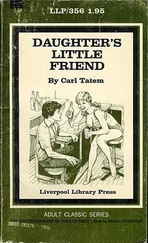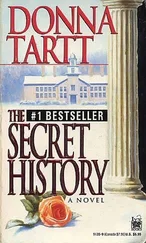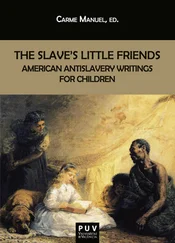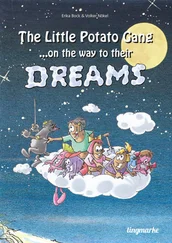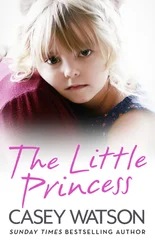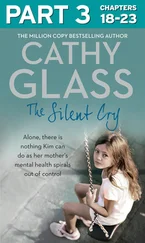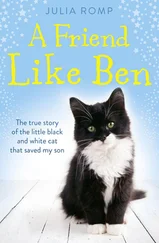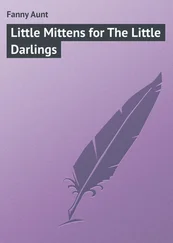Harriet spent entire days studying the old photograph album at Edie’s house (which, a far cry from Tribulation, was a two bedroom bungalow built in the 1940s). There was thin, shy Libby, hair scraped back, looking colorless and spinsterly even at eighteen: there was something of Harriet’s mother (and of Allison) about her mouth and eyes. Next, scornful Edie—nine years old, brow like a thundercloud, her expression a small replica of her father the Judge who frowned behind her. A strange, moon-faced Tat, sprawled in a wicker chair, the blurred shadow of a kitten in her lap, unrecognizable. Baby Adelaide, who would outlive three husbands, laughing at the camera. She was the prettiest of the four and there was something about her too which reminded one of Allison but something petulant was already gathering at the corners of her mouth. On the steps of the doomed house towering behind them were the Dutch tiles reading CLEVE: only just detectable, and only then if you were looking hard, but they were the one thing in the photograph which remained unchanged.
The photographs Harriet loved most were those with her brother in them. Edie had taken most of them; because they were so hard to look at, they’d been removed from the album and were kept separately, on a shelf in Edie’s closet inside a heart-shaped chocolate box. When Harriet stumbled upon them, when she was eight or so, it was an archaeological find equivalent to the discovery of Tutankhamen’s tomb.
Edie had no idea that Harriet had found the pictures, and that they were one of the primary reasons Harriet spent so much time at her house. Harriet, equipped with flashlight, studied them while sitting in the back of Edie’s musty-smelling closet behind the skirts of Edie’s Sunday dresses; sometimes she slipped the box inside her Barbie travelling case and carried it out to Edie’s tool shed, where Edie—glad to have Harriet out of her hair—allowed her to play undisturbed. Several times she had carried the photographs home overnight. Once, after their mother had gone to bed, she had shown them to Allison. “Look,” she said. “That’s our brother.”
Allison, an expression of something very like fear dawning on her face, stared at the open box which Harriet had placed on her lap.
“Go ahead. Look. You’re in some of them.”
“I don’t want to,” said Allison, and jammed the lid on the box and shoved it back at Harriet.
The snapshots were in color: faded Polaroids with pinked edges, sticky and torn where they’d been pulled from the album. They were smeared with fingerprints, as if someone had handled them a lot. Some of the photographs had black catalog numbers stamped on the backs because they had been used in the police investigation, and these had the most fingerprints of all.
Harriet never tired of looking at them. The washes were too blue, unearthly; and the colors had become even stranger and more tremulous with age. The dream-lit world they provided her a glimpse of was magical, self-contained, irretrievable. There was Robin, napping with his orange kitten Weenie; clattering around on Tribulation’s grand, columned porch, sputtering with laughter, shouting at the camera; blowing bubbles with a saucer of soap and a spool. There he was, serious, in striped pajamas; in his Cub Scout uniform—knees thrown back, pleased with himself; here he was much smaller, dressed for a kindergarten play— The Gingerbread Man —in which he had portrayed a greedy crow. The costume he’d worn was famous. Libby had spent weeks making it: a black leotard, worn with orange stockings, sewn from wrist to armpit and from armpit to top of thigh with wings of feathered black velvet. Over his nose was tied a cone of orange cardboard for a beak. It was such a beautiful costume that Robin had worn it for two Halloweens running, as had his sisters, and all these years later, Charlotte still got calls from neighborhood mothers begging to borrow it for their children.
Edie had snapped a whole roll of film the night of the play: various shots of Robin running exhilarated throughout the house, arms flapping, wings billowed behind him, a stray feather or two drifting to the vast, threadbare carpet. Black wing flung around the neck of shy Libby, the blushing seamstress. With his little friends Alex (a baker, in white coat and cap) and bad Pemberton, the Gingerbread Man himself, his small face dark with rage at the indignity of his costume. Robin again, impatient, wriggling, held still by his kneeling mother as she tried to dash a comb through his hair. The playful young woman in the picture was undeniably Harriet’s mother, but a mother she had never known: airy, charming, sparkling with life.
The pictures enchanted Harriet. More than anything, she wanted to slip out of the world she knew into their cool blue-washed clarity, where her brother was alive and the beautiful house still stood and everyone was always happy. Robin and Edie in the great, gloomy parlor, the two of them on their hands and knees playing a board game—she couldn’t tell what, some game with bright counters and a colored wheel that spun. There they were again, Robin with his back to the camera tossing Edie a fat red ball and Edie rolling her eyes comically as she dove to catch it. There he was blowing out the candles in his birthday cake—nine candles, the last birthday he would ever see—with Edie and Allison leaning over his shoulder to help him, smiling faces ablaze in the dark. A delirium of Christmases: pine boughs and tinsel, presents spilling from beneath the tree, the sideboard twinkling with cut-glass punchbowl, with crystal dishes of candy and oranges and sugar-dusted cakes on silver platters, the fireplace seraphim garlanded with holly and everybody laughing and the chandelier blazing in the high mirrors. In the background, on the holiday table, Harriet could just make out the famous Christmas dishes: wreathed with a pattern of scarlet ribbon, jingling sleigh bells chased in gold leaf. They’d been shattered in the move—the movers had packed them badly—and nothing remained of them now but a couple of saucers and a gravy boat but there they all were in the photograph, heavenly, glorious, a complete set.
Harriet herself had been born before Christmas, in the middle of a snowstorm that was the biggest on record in Mississippi. There was a picture of this snowfall in the heart-shaped box: Tribulation’s alley of oaks bright with ice and Bounce, Adelaide’s long-dead terrier, dashing down the snow-covered walk mad with excitement, towards his mistress the photographer, caught forever in mid-bark—his tiny legs a blur, kicking a froth of snow behind him—in the moment of glorious anticipation before he reached his beloved. In the distance, the front door of Tribulation was thrown open and Robin, his timid sister Allison clinging to his waist, was waving joyously at the viewer. He was waving at Adelaide—who had snapped the picture—and at Edie, who was helping his mother out of the car; and at his baby sister Harriet, whom he had never seen before, and who was being brought home from the hospital for the first time on this snowy bright Christmas Eve.
Harriet had seen snow only twice, but all her life she knew that she had been born in it. Every Christmas Eve (smaller, sadder Christmases now, gathered around a gas heater in Libby’s stuffy little low-ceilinged house, drinking eggnog) Libby and Tat and Adelaide told the same story, the story of how they’d packed into Edie’s car and driven over to the hospital in Vicksburg to bring Harriet home in the snow.
“You were the best Christmas present we ever had,” they said. “Robin was so excited. The night before we went to get you he could hardly sleep, he kept your grandmother awake until four in the morning. And the first time he saw you, when we brought you inside, he was quiet for a minute and then he said, ‘Mother, you must have picked out the prettiest baby they had.’“
Читать дальше

